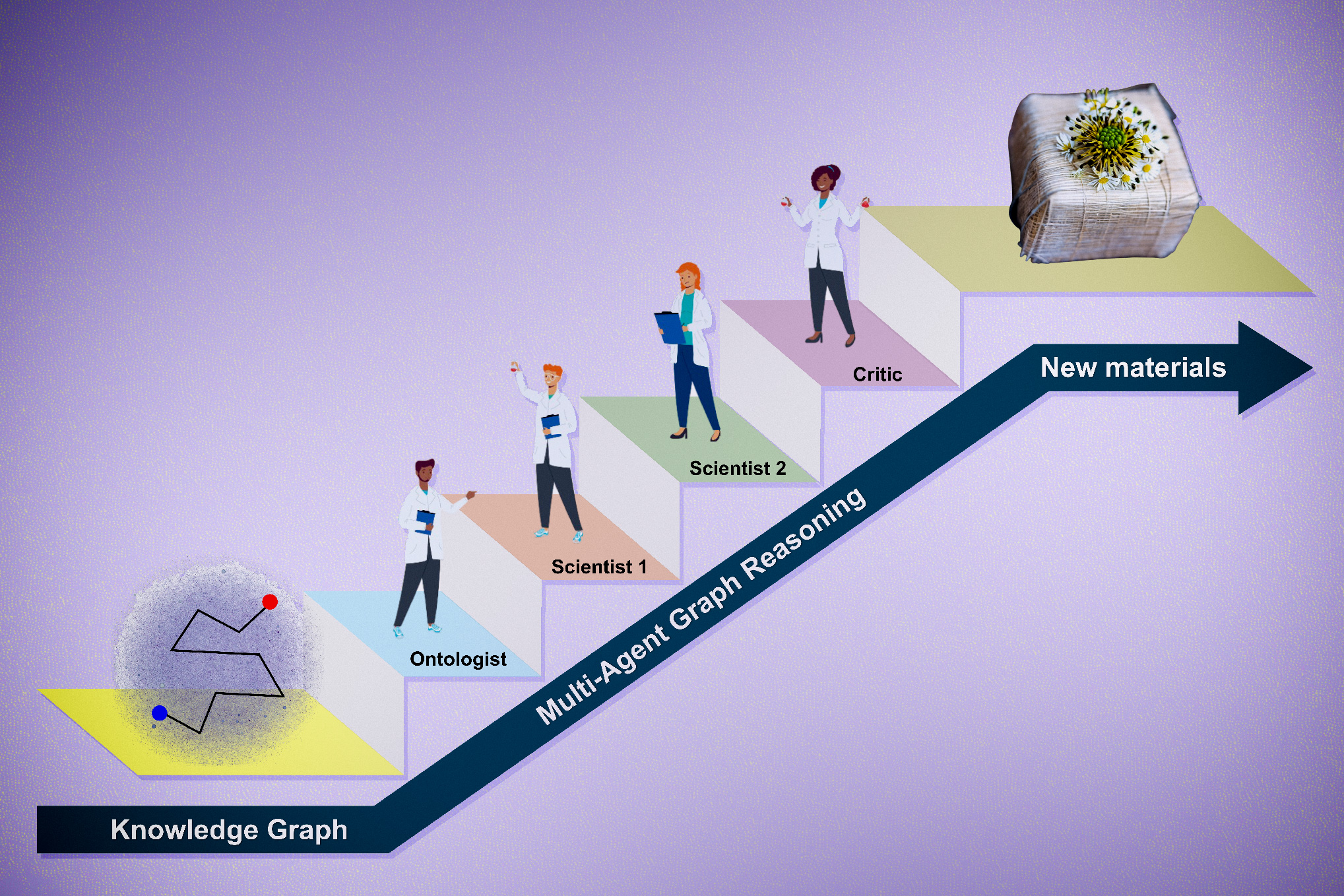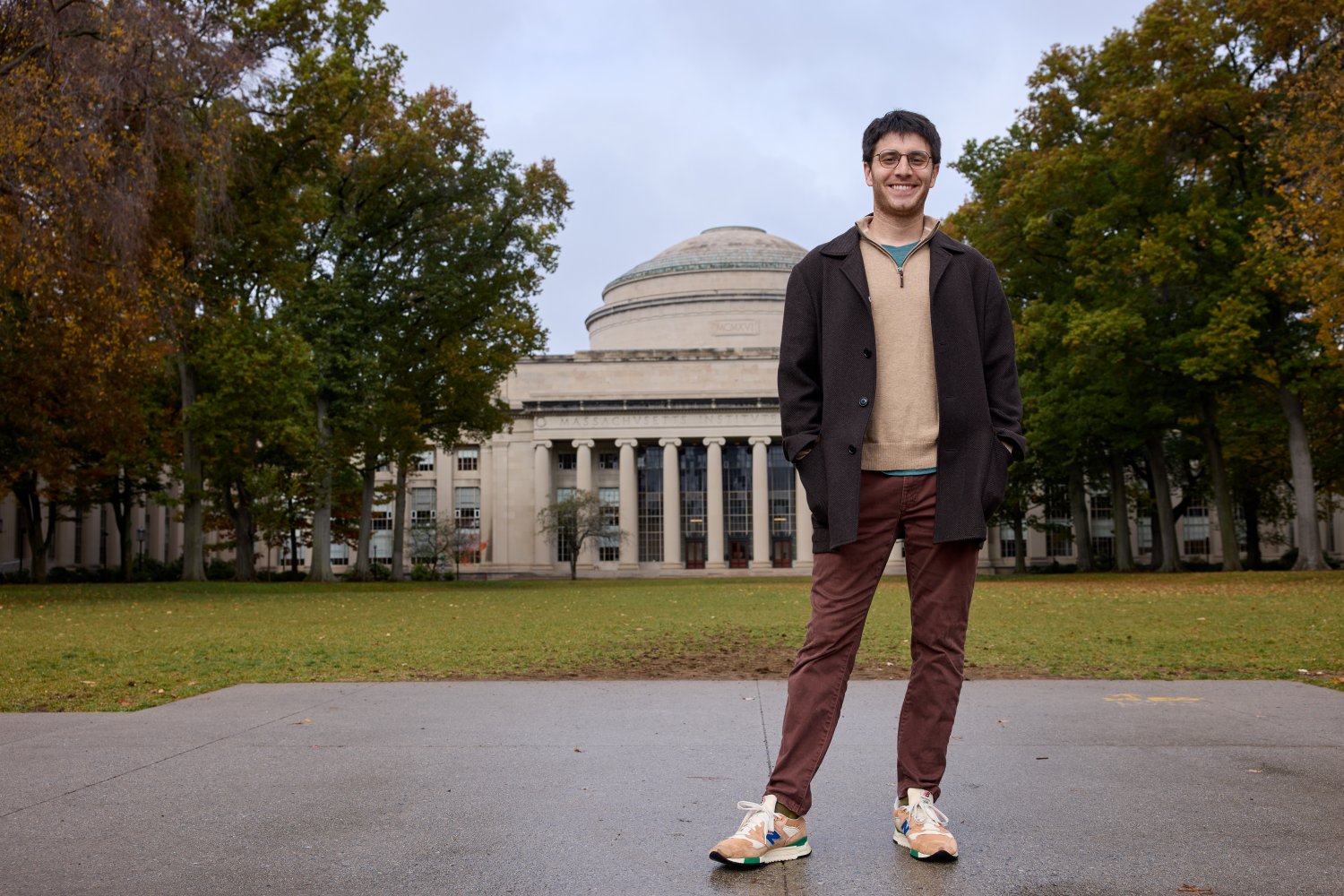Crafting a Unique Research Hypothesis Made Easier with AI
Introduction
Researching and developing a new hypothesis is a crucial step in the scientific process. However, it can be a challenging and time-consuming task, especially for new PhD candidates. What if artificial intelligence (AI) could help? A team of researchers at MIT has created a way to autonomously generate and evaluate promising research hypotheses across various fields through human-AI collaboration.
The Framework: SciAgents
The framework, called SciAgents, consists of multiple AI agents, each with specific capabilities and access to data. These agents use "graph reasoning" methods, where AI models utilize a knowledge graph that organizes and defines relationships between diverse scientific concepts. This multi-agent approach mimics the way biological systems organize themselves as groups of elementary building blocks.
How it Works
The framework is designed to simulate the process of scientific discovery, where multiple AI agents interact with each other to collectively solve complex problems that none of them can solve alone. The first task they are given is to generate a research hypothesis. The LLM interactions start after a subgraph has been defined from the knowledge graph, which can happen randomly or by manually entering a pair of keywords discussed in the papers.
The Role of AI in the Framework
The "Ontologist" AI model defines scientific terms in the papers and examines the connections between them, fleshing out the knowledge graph. The "Scientist 1" model crafts a research proposal based on factors like its ability to uncover unexpected properties and novelty. The "Scientist 2" model expands on the idea, suggesting specific experimental and simulation approaches and making other improvements. Finally, the "Critic" model highlights its strengths and weaknesses and suggests further improvements.
Validation and Results
To validate their approach, the researchers built a knowledge graph based on the words "silk" and "energy-intensive." Using the framework, the "Scientist 1" model proposed integrating silk with dandelion-based pigments to create biomaterials with enhanced optical and mechanical properties. The model predicted the material would be significantly stronger than traditional silk materials and require less energy to process.
Future Development
The researchers hope to incorporate new tools for retrieving information and running simulations into their framework. They also plan to swap out the foundation models for more advanced models, allowing the system to adapt with the latest innovations in AI. This will enable the system to generate thousands or tens of thousands of new research ideas and categorize them, trying to understand better how these materials are generated and how they can be improved further.
Conclusion
The SciAgents framework has the potential to revolutionize the way we approach research hypothesis generation. By leveraging AI and human collaboration, researchers can generate more promising and robust ideas, leading to breakthroughs in various fields. With the ability to simulate the process of scientific discovery, the SciAgents framework has the potential to make research more efficient and effective.
FAQs
Q: How does the SciAgents framework work?
A: The framework uses multiple AI agents, each with specific capabilities and access to data, to generate and evaluate research hypotheses.
Q: What is the purpose of the knowledge graph?
A: The knowledge graph organizes and defines relationships between diverse scientific concepts, allowing AI models to make connections and generate new ideas.
Q: How does the Critic model work?
A: The Critic model is programmed to critique the other agents’ ideas, highlighting strengths and weaknesses, and suggesting further improvements.
Q: Can the SciAgents framework be used in other fields?
A: Yes, the framework can be used in various fields, including finance and cybersecurity, to generate new ideas and explore new possibilities.











